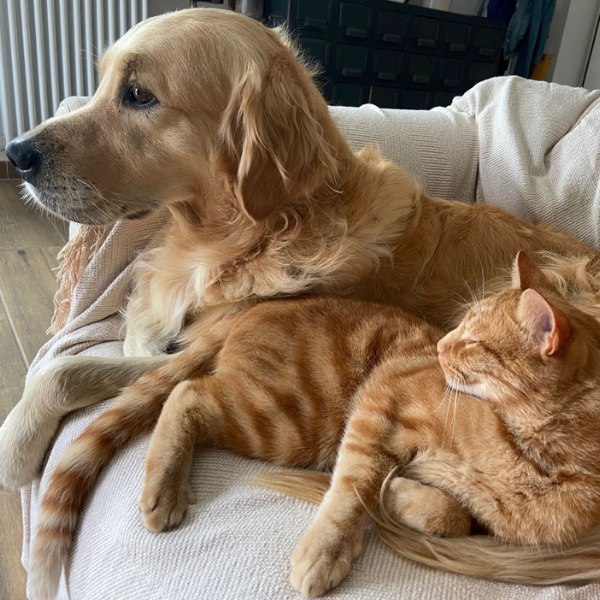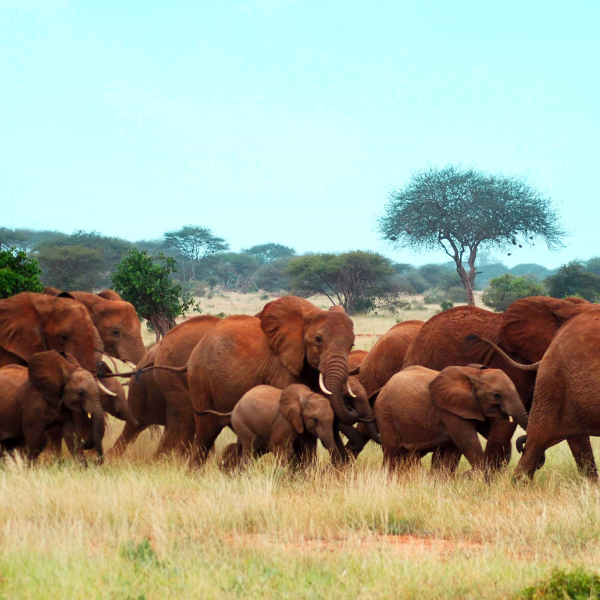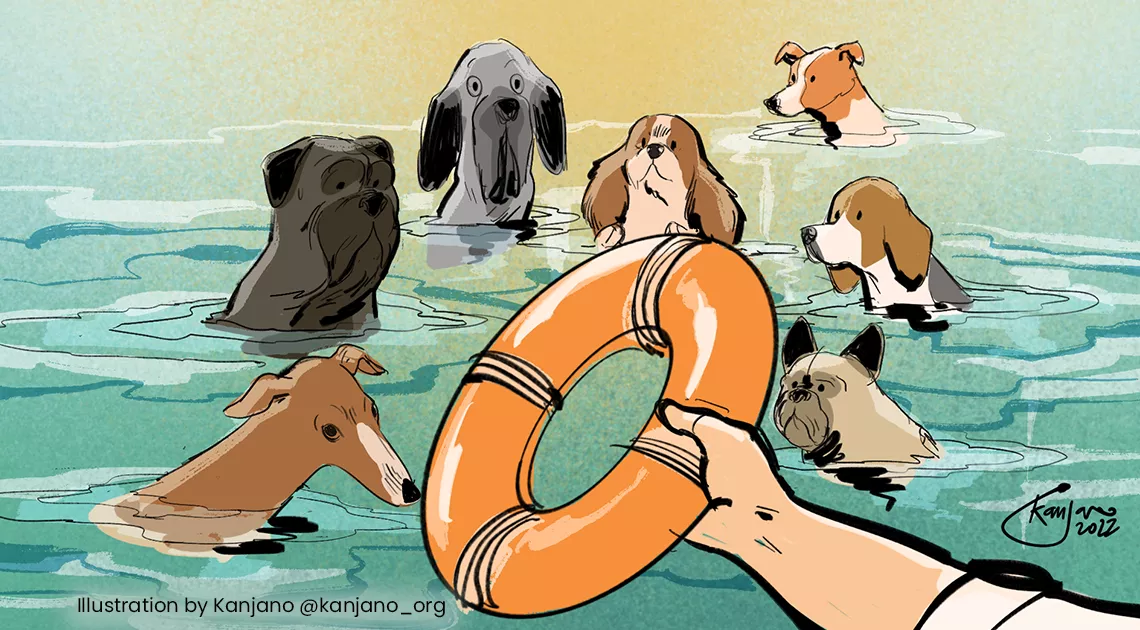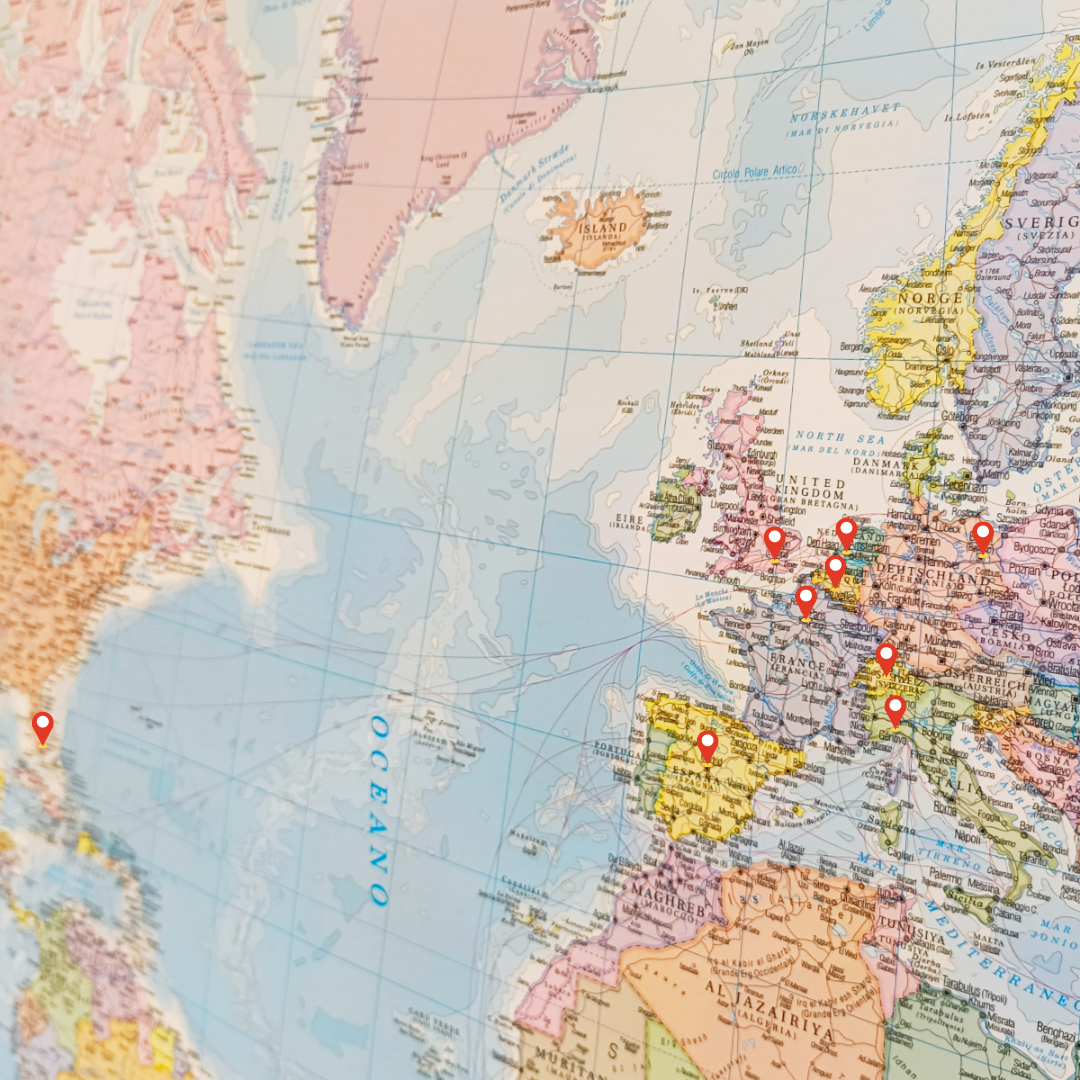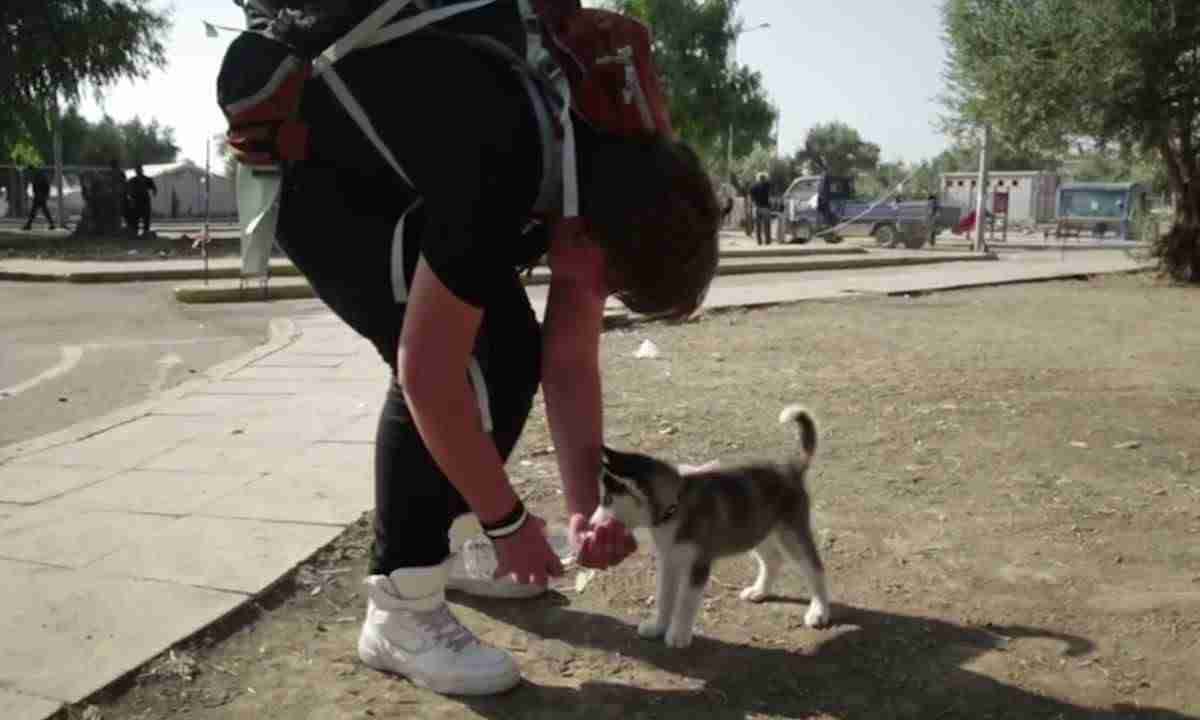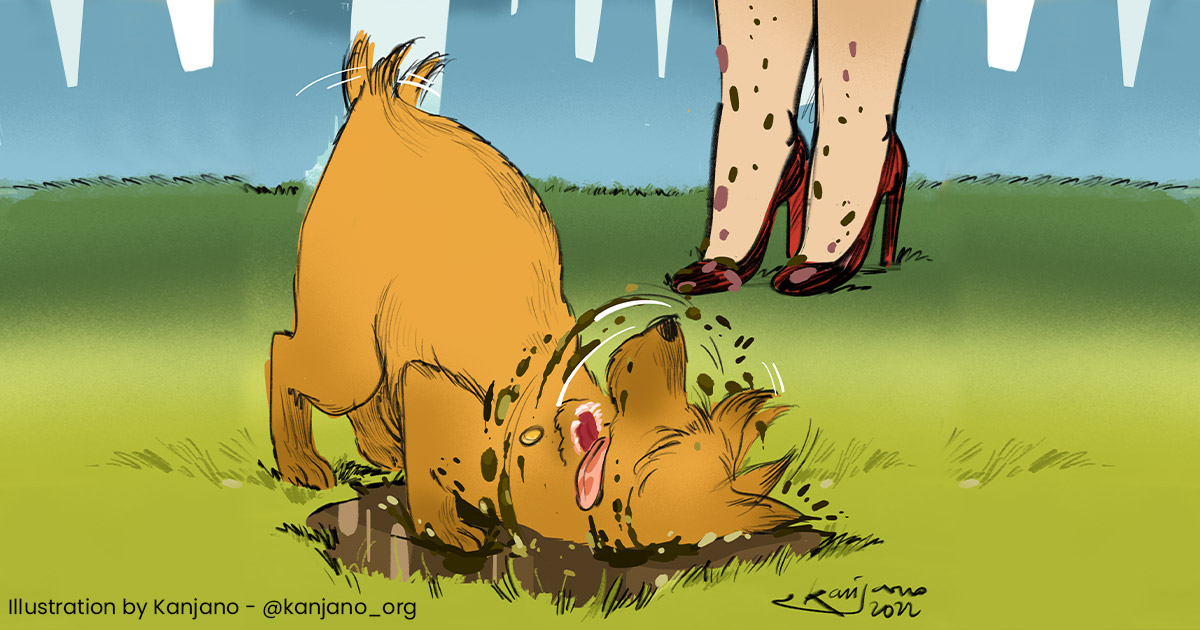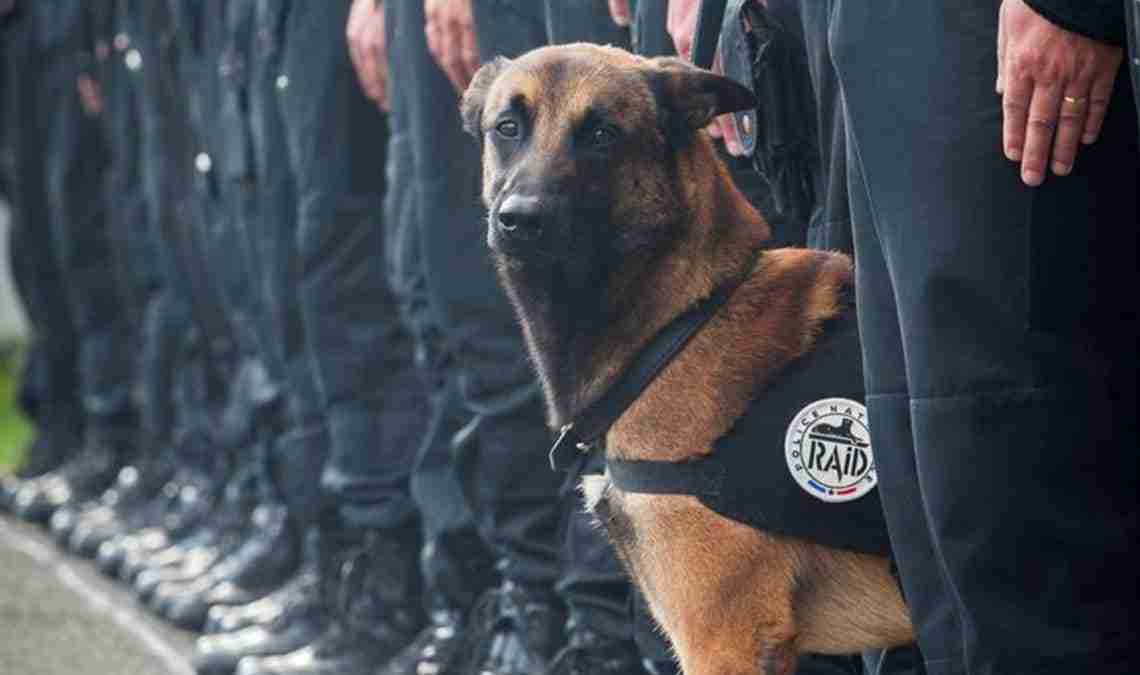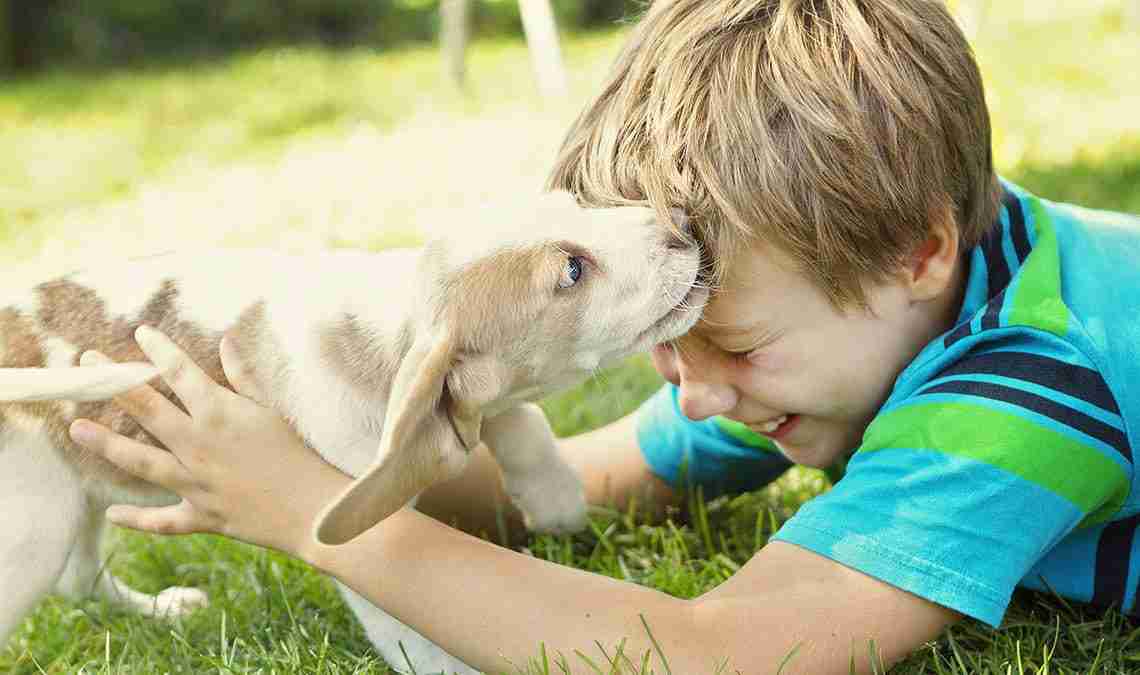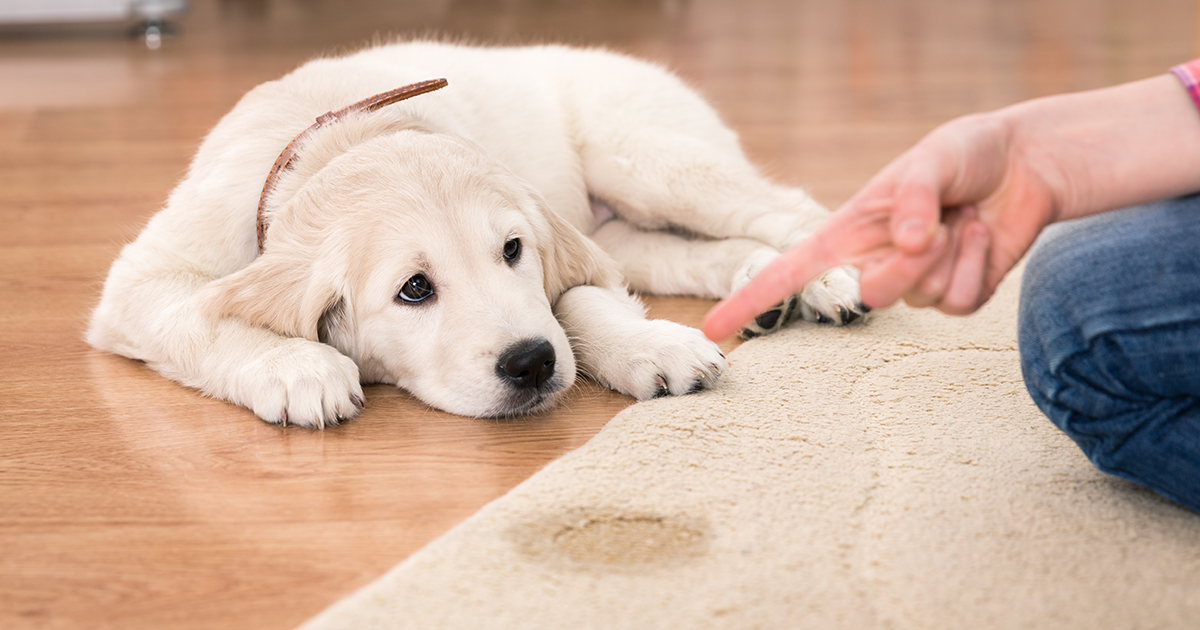THE DOG FIGHT CLUB
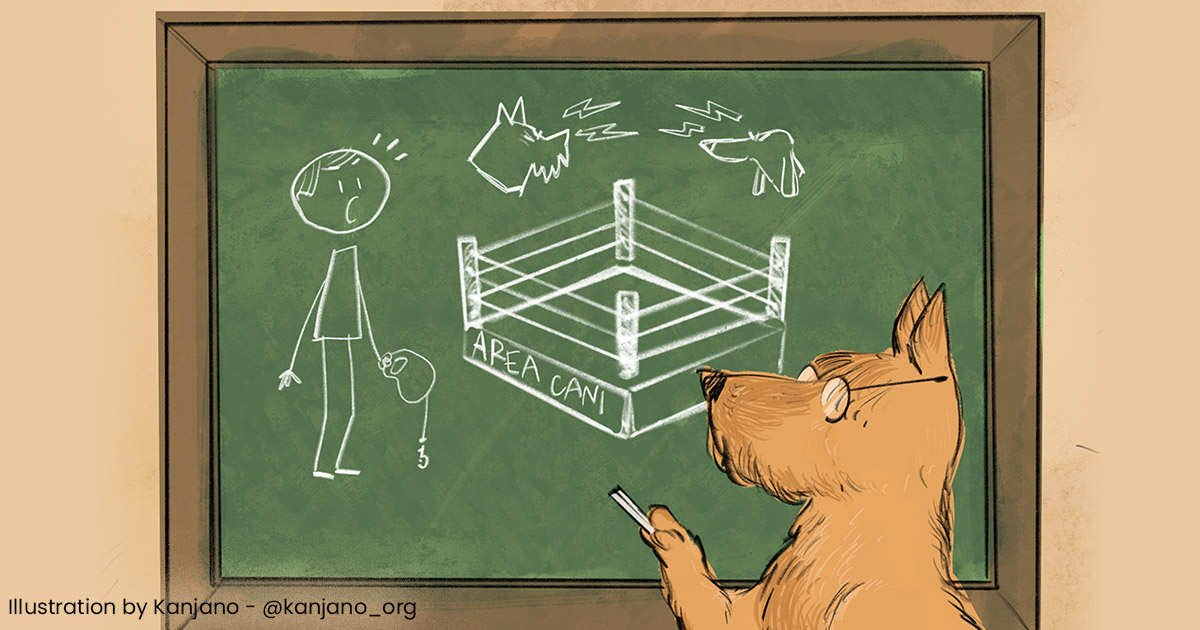
from Dunia Rahwan
The law is clear: dogs must always be led on a leash except in the designated areas, the notorious dog areas that often turn into the ring of a fight club where the rule of the strongest applies. The idea of putting more foreign dogs in a confined space, sometimes too small, is far from the social model of the species, where the single individual does not go in search of casual friendships, but selects and builds relationships over time by sharing experiences. Just like we do.
Let's become dogs
Let’s play a game; try to think like a dog. I am a medium-sized mongrel, almost always at home and when outside I tie myself on a leash, often so short that I struggle to dodge my human’s shoes with my jet of pee. We are, however, going to the park for my half hour of freedom and I am no longer in the fur coat. But there are a lot of dogs, a couple of friends and a lot of new faces, and I get nervous. I wonder if they’ll leave me alone or if I will have to defend myself; not even time to get acquainted at a distance, as the dog etiquette suggests, and they stick me in the enclosure, and in no time, they are all over me. One growls at me, the other barks in my ear while a couple are pretty interested in my butt, and I just want to get away.
Back to us: have you felt discomfort for a dog? Its entry into a dog area occupied by strangers is comparable to the first day of school. When you arrive in class agitated, you could evaporate with embarrassment and you wonder if you will ever make friends with anyone or if they will all hate you. The last day of school is quite another story when you enter the classroom and you feel like you are with your family. Some are friends and others less, but the knowledge learned by the shared experience makes you happy in this social sphere. The same goes for dogs.
Fewer casual relationships, more friendships
Dogs need friends, not a constant flow of casual acquaintances. The social dimension of the dog is the herd, often composed of related members, and the group delimits the territory with urine, feces and digging to keep out strangers, who are usually not appreciated. The dog is with his crew and this is enough to feel safe and satisfied; the rest are lightning-fast acquaintances, comparable to a handshake. However, each day in the dog areas, dogs live the drama of the first day of school in a loop, and when they finally go home they are left with the feeling of not even having a friend.
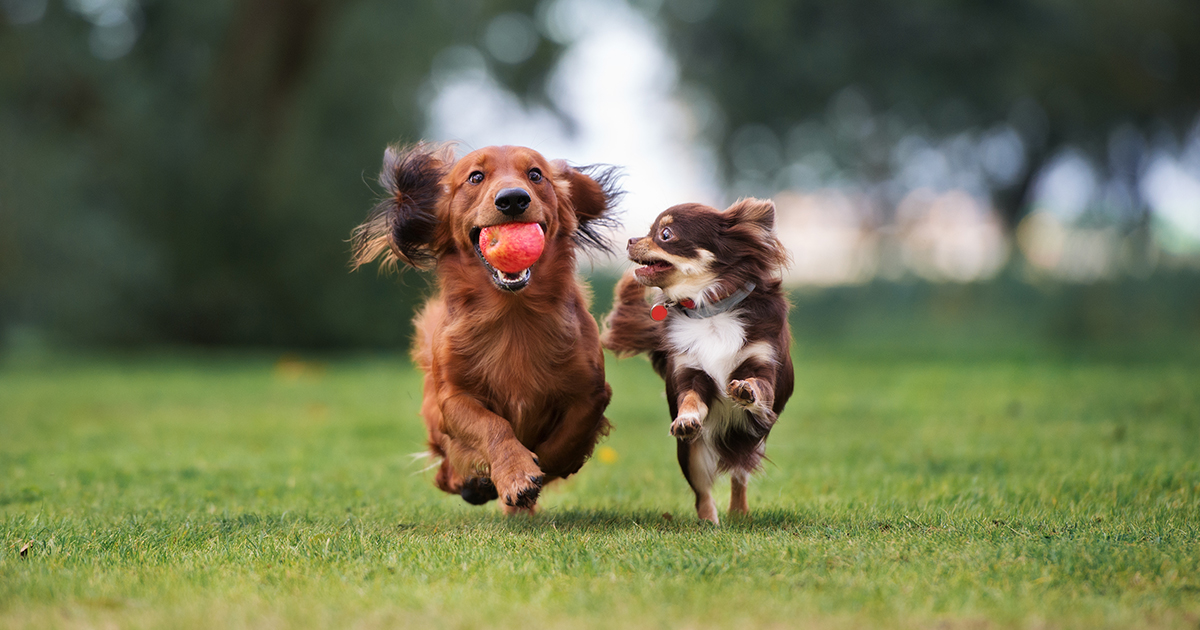
Violence breaks out
In dog parks many accidents happen, and it does not surprise me; after all, the fight club does not impose rules, and when the dog feels uncomfortable, threatened, trapped, it can react badly. If the dog area is not too crowded, the dog usually enters and explores the area, follows the perimeter, pees in strategic points such as trees and garbage cans, releases his physiological needs, runs, scrapes and rubs off on disgusting smells, then starts to get bored. He has done his activities and is ready to go and explore the rest of the world, and instead we keep him in a place with no charms convinced that he is happily playing with friends. The bored dog invents ways to break the monotony. He runs along the fence barking at other dogs, at cyclists, runners, motor scooters. He defends a twig on the ground like a lion, fixes on another dog's ball or on its butt. He even bullies the weakest. These are all behaviours that complicate social dynamics and, in the most extreme cases, result in fights.
With puppies it is easy to make mistakes
A classic dog owner norm is: "I will take my puppy to the dog park so it can socialize". This is not true. In the dog park, the puppy just gets a good beating and learns to give it back with interest as soon as it becomes an adult. Social education should follow the natural path of the species, where the pups remain in the family at least until sexual maturity, between 6 and 12 months of age, and can interact with their brothers and sisters under the supervision of the older members of the group, who intervene if games degenerate into quarrels or if the young get into trouble. The role of parenting and nannies is crucial to teach puppies the dog paradigm, how to behave in society and be self effective, all valuable teachings for the adult of the future. If we adopt a dog at two or three months we become responsible for its upbringing, also and especially social, and we often make mistake after mistake. The most common, in fact, is to throw the puppy to the dogs without first selecting which dogs, and into restrictive and static contexts, such as the monotonous and smelly dog area, where the puppy can easily be bullied by stressed, distressed dogs with few skills and little patience, indispensable skills needed for young pups. To offer puppies the right training experience it is necessary to choose a location with a strong naturalistic connotation that tickles their wild soul and weave lasting dog relations, give him friends, facilitate sociality by proposing a small group of balanced dogs predisposed to teach the little hyperactive pest how to be in the world.
Bullying is an ugly beast
Bullying is clearly visible among dogs, especially in fenced areas where the weakest cannot escape the injustices of the neighbourhood bully. Targeted dogs are typically fearful, stressed, distressed, and inexperienced puppies, and therefore the most vulnerable. I can often observe a dog in difficulty desperately asking its human of reference for help, but the human does not catch its meaning and leaves it to face the bully alone. To understand if it is the case to intervene, carefully observe the dog and pay attention to your very knowledgeable parental instincts. If the dog avoids interaction, keeps its tail between its legs, and approaches its human or the exit gate, it is best to leave. If it is constantly thrown to the ground, nibbled, mounted, it's best to leave. If it climbs onto the bench and keeps away from barking and growling dogs, it's best to leave. We should protect our friend, especially if we have taken it into the fight club ring!
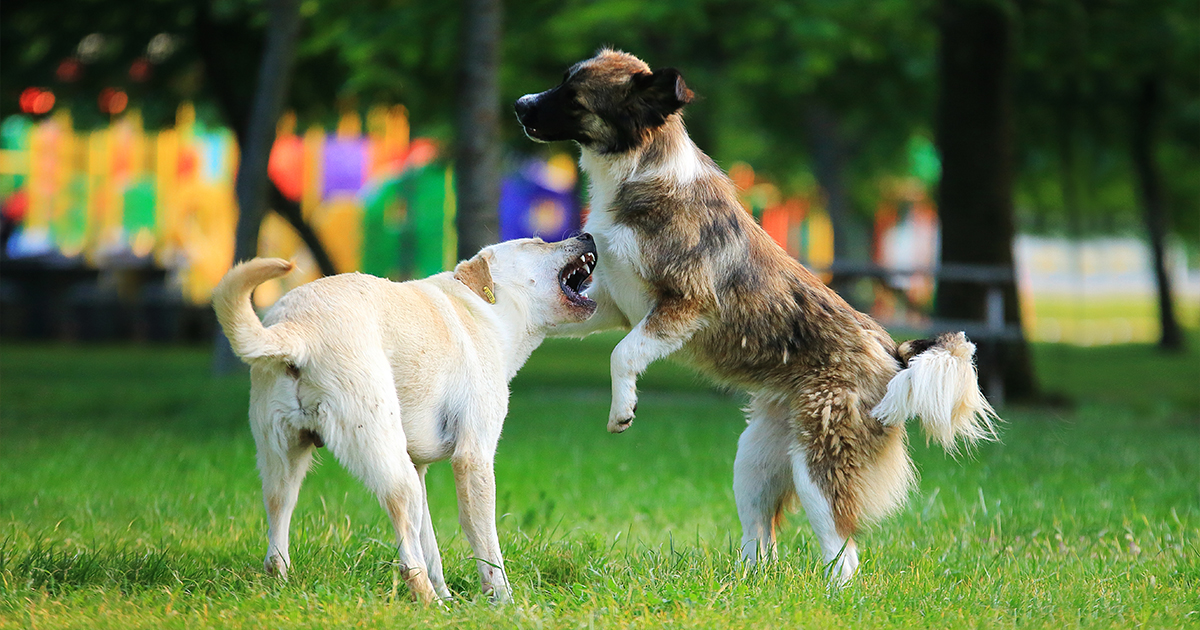
Be rebellious
The law requires us to keep dogs tied up except in designated areas. We must either respect the rules or, if we want to meet the dog's needs, we must become outlaws. I think that a dog's freedom is a primary objective in the pursuit of its educational path as it is a powerful tool for ensuring its expression of being. Training a dog to be free is the most valuable of gifts for it, but before undoing its leash we must be reasonably sure that it will not do harm. We must ensure that the dog is well integrated with the environment and properly socialized with its fellow dogs and with humans. If, on the other hand, the dog in autonomy is a danger to others, or is out of control, let’s roll up our sleeves and work safely together with professionals to get as close as possible to the goal of "freedom".

Walk, do not stop
When dogs socialise, the surrounding environment plays a crucial role in the success of the operation. To allow your dog to find four-legged friends, go into natural spaces, take a walk in the city parks, in the woods, in the mountains, at the river or by the sea, and indulge the dog’s inclinations, whether that be digging, diving in water, following an olfactory trail or running in the undergrowth. To make its walks dynamic, avoid stopping around dogs that interact, but rather, move in search of interesting corners to explore. When free and on the move, social encounters between dogs are less problematic, as the dogs have time to study each other at a distance and can decide whether to go to introduce themselves or keep away. And competent dogs don’t usually make mistakes. Almost always, after a sniff and a pee presentation, dogs greet each other and then resume their journey, except when it's love at first sight or an irresistible sexual attraction. But love at first sight between dogs is very rare, as it is among humans, and the initial interest vanishes in a few seconds if acquaintances have a chance to move on. In dog areas, on the contrary, communication continues even if there is antipathy, and sometimes this leads to arguments. Let’s learn to trust dogs and not force socialization on them. Rather, let’s put them in optimal conditions to meet new friends and avoid enemies.
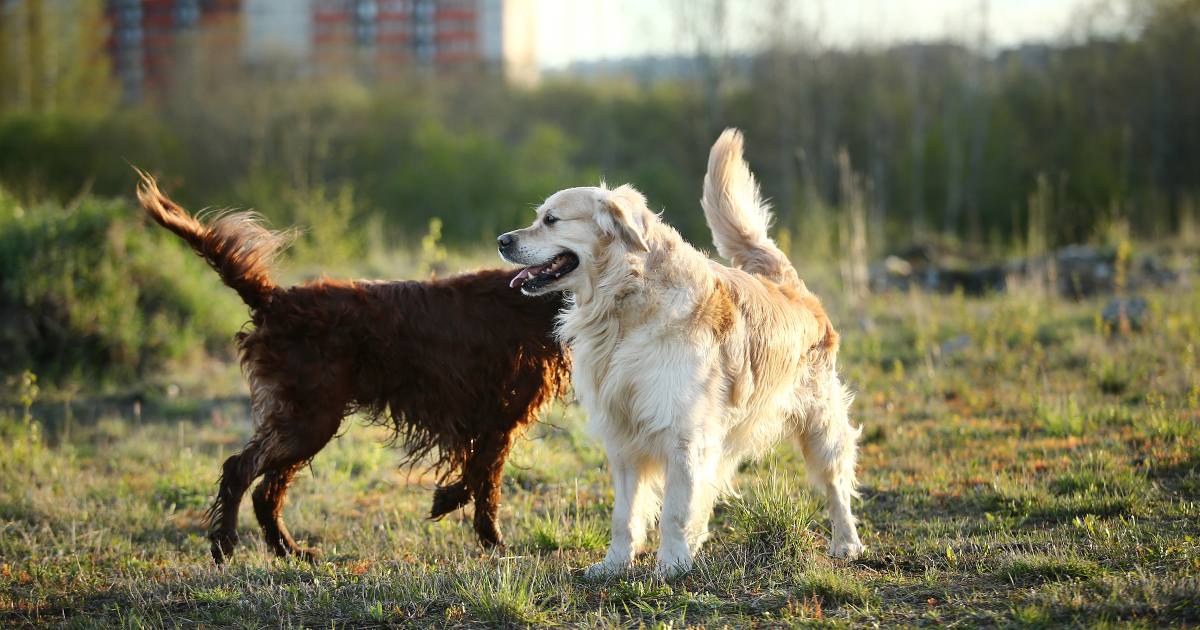
The construction of freedom
It is important to build on the freedom of a dog, which in 33,000 years of evolutionary history has proven to be able to cope wonderfully well even without a leash. When I walk around it warms my heart to watch my dogs busy behind their impulses, each with its own story and characterized by different passions and motivations, Vilma looks for crumbs under the benches and keeps away from other dogs. Dustyboy finds the rotting water and the females to bother, while Nana, who is still young, runs enthusiastically to meet other dogs to get acquainted, and dodges the interest shown by the humans towards a 60-pound Great Dane. Unattainable magic for dogs on a leash or in a dog area. Freedom training is all downhill running when it comes to puppies, who are quick learners, but the call is also taught to adult dogs, it just needs more patience. To make the training effective we need to abandon our control anxieties that push us to recall the dog continuously without any real motivation, but to calm us down. Instead, let's train the call to provide the dog with important information such as a change of direction or to involve it in interesting activities such as olfactory research. If the dog understands that we are wasting its time, on the other hand, it stops listening to us, as it says in the fairy tale of Aesop: "To the wolf, to the wolf!".
Let's Open the ghettos
Dog areas are places that exclude dogs from society, they 'ghettoize' them. In the past these animals were an active part of the social fabric and were irreplaceable helpers in the workplace, while today the dog has assumed a very high affective status in the family. Its true nature is not recognized. So we put a fancy coat on it, but we don’t want him getting dirty in the park. A part of the human population gets annoyed or frightened by dogs because of those rude, undisciplined and out of control single animals who jump on each other with muddy paws, overturn picnics, puncture balls and chase children. The free dog must know how to behave otherwise it will harm those around it. For this reason, I am launching a proposal already tried in cities like Berlin: before adopting a dog it must become mandatory to follow a basic dog training course which not only teaches us how to relate correctly with our dog and but also how to teach it good manners. In fact, before we become the dog's teacher, we must go back to school and learn ourselves how to understand and respect the most extraordinary of friends.
Additional interesting articles from Dunia Rahwan

